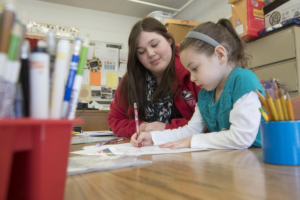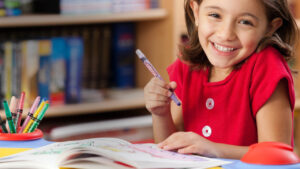Criteria for assessing school readiness

Knowing the types of a child’s readiness for school, we are faced with the question of their assessment and the criteria on the basis of which a conclusion is made about your child’s readiness for school and multiplication games for 3rd grade.
In practical application, both a child’s survey on the subject of mandatory knowledge, indicating his outlook, and special psychological and medical tests are used.
One of the most famous is the Kern-Jirasek orientation test. Testing will tell the specialist about how your child has developed thinking, listening and hearing skills, and how to complete the task, which he was not only told about in detail, but also given a model for its implementation. Also, the test will reveal the level of general development of the psyche of the future first grader.
There are 4 parts in the test: “Drawing of a man” (male figure); copying a proposal in written letters; task to draw points; questionnaires (for example: name the difference between old and young people; list the types of transport; answer the question, why does a person go in for sports?).
No less popular test is the “Labyrinth” and sight words for kindergarten. Yes, yes, the one that is often found in children’s magazines and educational books. It turns out that the ability to go through the maze reveals (and trains) the level of visual-schematic thinking, as well as psychological stress resistance.
When assessing the level of readiness for school, a high level, medium, below average and low are distinguished.
To understand what it is necessary to strive for in the development of the baby, we present the criteria for a high level of training: good physical development, the hand must be ready for writing, excellent phonemic hearing, a broad outlook, a rich vocabulary, the ability to read words, understanding figurative meaning, understanding numbers ability to manage one’s behavior, motivation for cognitive activity.
On the contrary, with a low level of training, they speak of good or satisfactory physical development, but at the same time – a narrow outlook, the lack of hand readiness for writing, a minimum vocabulary, and the lack of the ability to retell the text without the help of an adult. One of the important criteria is also the lack of desire to learn.
You can also check your child through interactive tests that give an age-specific assessment, for example, a child of 4-5 years old, 5-6 years old and 6-7 years old is separately assessed. Returning to this test in a year, parents themselves will be able to assess the dynamics of the development of their child.